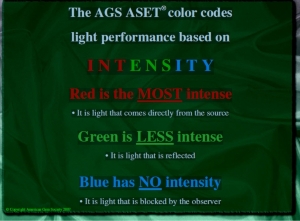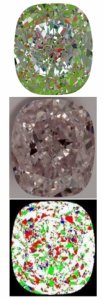- Joined
- Jul 27, 2009
- Messages
- 3,761
David, I didn't see where anyone said anything about better light. It was a simple statement about the basic premise of the ASET tool and what the color codes represent. Please don't manufacture things to argue against, or put words in other peoples mouths. If you do then another potentially fruitful discussion will spiral down in an endless loop.Rockdiamond|1406744305|3723210 said:MelisendeDiamonds|1406743480|3723196 said:Rockdiamond|1406586274|3722135 said:Great post John.
What this means is that consumers posting ASET images for interpretation are getting opinions based on interpretations. There's no agreed upon "best" - but new readers think they're getting some sort of quantitative results or info.
That's an issue IMO
If we are going to compare ASET images than than the majority (or all) of the participants should at least except what is a more intense light source and the premise upon which ASET is built.

That will TOTALLY defeat the purpose of the discussion.
The point is to remove the subjective aspect and deal with objective observation.
It makes ZERO difference which light is more intense for the purposes of figuring out how to use ASET on stones cut for scintillation and spread.
We can all agree how the ASET works- and how it represents the light coming into and out of the diamond- yet we need to remove the subjective aspect as to which type of light is better.




300x240.png)